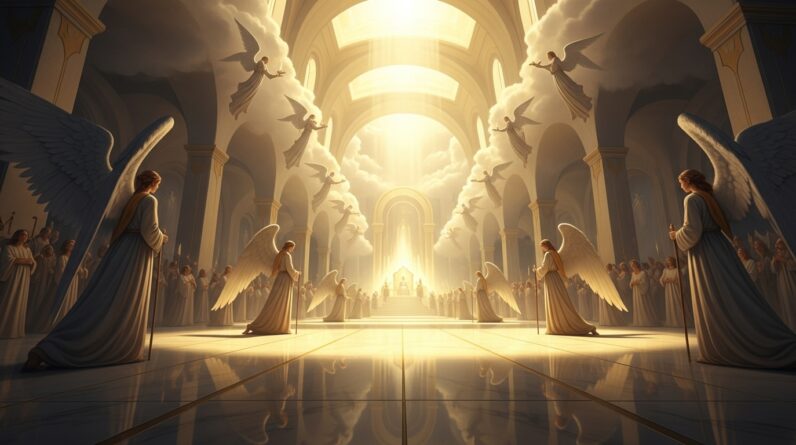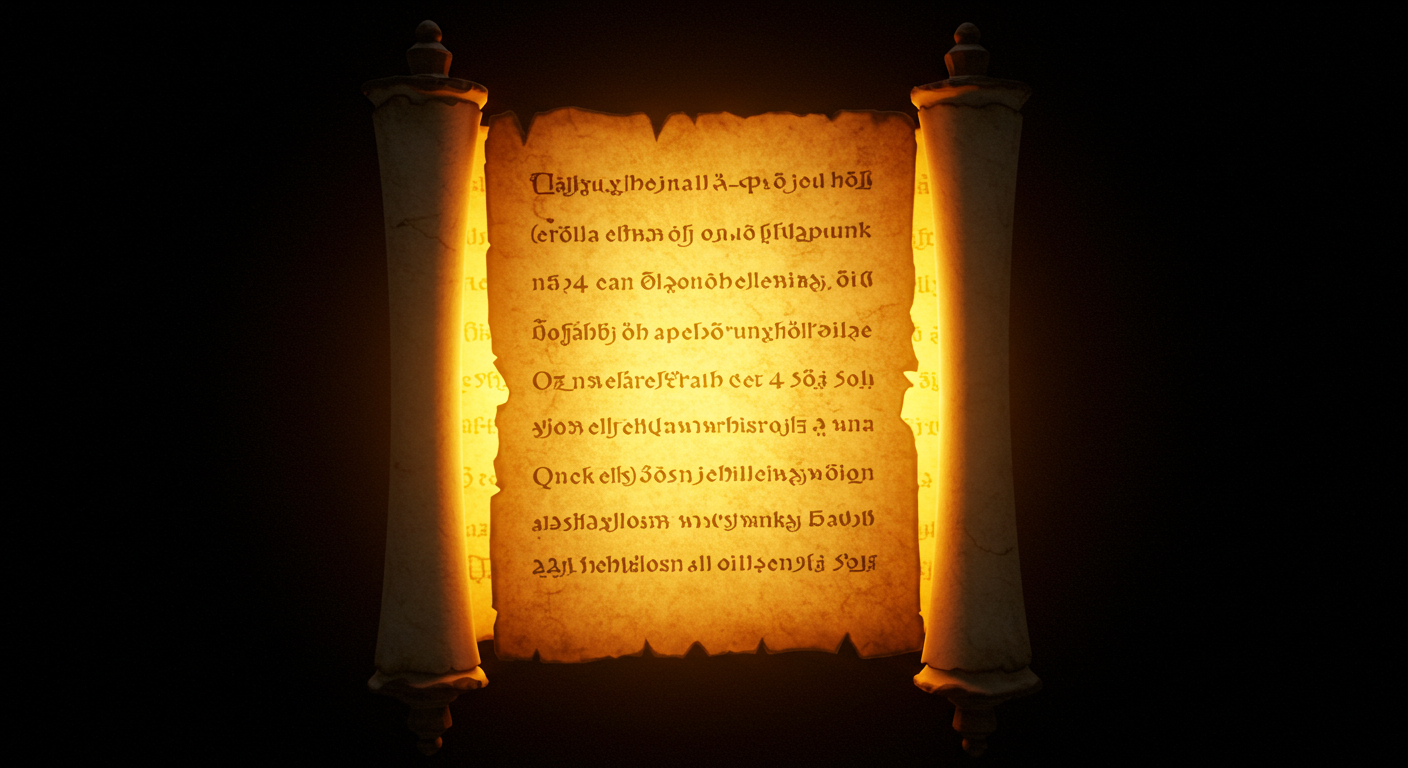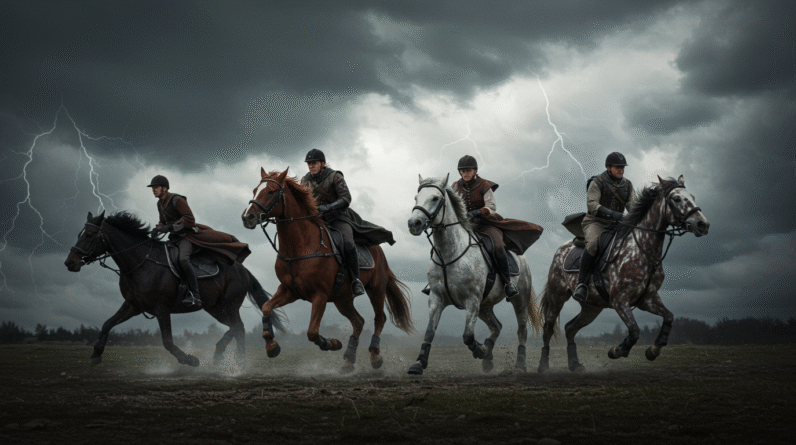Unlock the symbolism in Daniel 8’s vision of the ram and goat. Dive deep into its historical and divine significance. Discover what it means for today and tomorrow.
The Vision Of The Ram And Goat: Who Are They In Daniel 8?
Welcome! Dive into one of the richest and most fascinating prophetic visions in the Bible with us. The eighth chapter of the Book of Daniel presents an intricate vision involving a ram and a goat. It brims with symbolic imagery and profound significance, offering a compelling insight into God’s communication with humanity. Let’s unpack this vision and see what it reveals about the past, present, and future.
Introduction to Prophetic Visions
Definition of Prophetic Visions:
Prophetic visions are like spiritual windows, offering glimpses into divine truths and future events. They often employ vivid imagery and symbolism to convey complex messages. In the biblical context, these visions provided guidance, warnings, and revelations to God’s people. They go beyond mere dreams, serving as divinely inspired messages to equip prophets with the insight they need to lead and instruct their communities.
Purpose of Prophetic Visions:
God used visions to speak directly to prophets, bypassing the barriers of earthly communication. These visions served multiple purposes: conveying divine will, revealing forthcoming events, and affirming the prophet’s mission. The visions were designed to be memorable and impactful, using striking symbols to ensure their messages would not be forgotten.
Historical and Cultural Context:
To fully appreciate these visions, it’s essential to understand the historical and cultural landscapes of the times they were received. Daniel’s vision occurred during the Babylonian exile, a period marked by great turmoil and transition. The Israelites were grappling with their identity in a foreign land, and prophecies like those found in Daniel provided hope and perspective. Knowledge of the political dynamics, cultural practices, and prevailing religious beliefs of the era illuminates the profoundness of these visions.
Context of Each Prophetic Vision
Scriptural Background:
The vision of the ram and goat is captured in Daniel 8:1-27. This chapter is set during the third year of King Belshazzar’s reign. Daniel, while residing in the palace of Shushan, receives this vision. The timing is crucial, as it precedes the fall of Babylon to Persia, setting the stage for significant historical shifts. Understanding the events leading up to this vision helps us grasp its urgency and its intent.
Prophet’s Role and Mission:
Daniel was more than just a dreamer; he was an exceptional statesman and devout servant of God, tasked with revealing divine mysteries to his people. His mission extended beyond interpreting dreams and visions; he was a beacon of faith during a time of national exile. The challenges he faced were immense—from servitude in a foreign empire to confronting kings with hard truths. His role in delivering the vision of the ram and goat was part of his broader mission of preparing and encouraging the Israelites.

Vision’s Imagery and Symbolism:
The imagery of the ram and the goat is strikingly vivid and rich in symbolism. The ram with two horns, one higher than the other, represents the Medo-Persian Empire. The higher horn signifies Persia’s dominance. The goat, with its single conspicuous horn, symbolizes Greece and its first king, Alexander the Great. The goat’s violent attack on the ram depicts the swift and decisive nature of Greece’s victory over Persia. The subsequent breaking of the goat’s horn and the rise of four smaller horns signify the division of Alexander’s empire into four lesser kingdoms.
Theological Significance:
This vision underscores key theological themes: God’s sovereignty over nations, the transient nature of earthly powers, and the unfolding divine plan. It reassures the faithful that despite the seeming chaos and upheaval in the world, God is in control and His purposes will prevail. The vision also points ahead to the ultimate triumph of God’s kingdom, a recurring theme in biblical prophecy.
Interpretation of the Vision’s Message
Immediate Message for the Original Audience:
For the Israelites in exile, the vision had a dual significance. It foreshadowed the end of their Babylonian captivity and the rise of new empires, thus providing a temporal roadmap of what was to come. It also offered immediate comfort by reaffirming God’s providential care. The Israelites were reminded that no matter the earthly empire in power, God’s plan for His people remained intact.
Prophetic Fulfillment:
Historically, the vision’s prophetic elements were fulfilled with remarkable accuracy. The Medo-Persian Empire fell to Alexander the Great, whose swift conquests overthrew Persia just as the goat trampled the ram. After Alexander’s untimely death, his empire fractured into four main regions, represented by the four smaller horns. This fulfillment underscores the vision’s authenticity and the reliability of biblical prophecy.
Relevance to Modern Readers:
In contemporary times, this vision continues to resonate, offering spiritual insights and moral teachings. It serves as a reminder of the impermanence of human power and the enduring nature of divine sovereignty. For modern believers, the vision of the ram and goat highlights the importance of faith and perseverance amidst changing political and social landscapes. It reassures us that God’s overarching plan is always at work, guiding history toward a divinely ordained conclusion.
Comparative Analysis
Comparison with Other Biblical Visions:
When we compare Daniel’s vision with other prophetic visions in the Bible, certain patterns and themes emerge. Similar to Ezekiel’s vision or John’s Revelation, Daniel’s vision employs symbolic representations of political entities and spiritual truths. They collectively illustrate the divine orchestration of history and the ultimate establishment of God’s kingdom. While each vision has unique elements, they all contribute to a cohesive prophetic narrative that spans the Bible.
Historical and Eschatological Perspectives:
Historically, interpretations of Daniel’s vision have varied. Early Jewish and Christian scholars saw direct correlations with historical events in Persia and Greece. Eschatologically, some see this vision as a precursor to final events in human history, providing insights into God’s end-time plans. Different theological traditions offer various perspectives, but they all acknowledge the vision’s profound impact on understanding biblical prophecy.
Conclusion
Summary of Key Insights:
In summary, the vision of the ram and goat in Daniel 8 provides a detailed prophetic snapshot of historical events while conveying timeless theological truths. It reveals the rise and fall of empires, underscoring the sovereignty of God over human affairs. The vision serves both historical and spiritual purposes, offering immediate comfort to its original audience and ongoing relevance to modern readers.
Final Thoughts on Prophetic Visions:
Prophetic visions like the one in Daniel 8 are vital for understanding God’s communication with humanity. They reveal His plans, admonish us to stay faithful, and spark hope in His ultimate victory. In our quest to comprehend these divine messages, we discover not only historical insights but also significant spiritual lessons that transcend time.
Additional Resources
Further Reading:
To deepen your understanding of Daniel’s vision and related prophetic literature, consider the following resources:
- The Book of Daniel (Bible)
- “Daniel: The Key to Prophetic Revelation” by John F. Walvoord
- “The Prophecies of Daniel 2” and “Daniel and Revelation: A Study of End-Time Prophecies” by Uriah Smith
Study Questions:
- What are the significant symbolic elements in the vision of the ram and goat, and what do they represent?
- How did the historical fulfillment of Daniel’s vision strengthen faith in biblical prophecy?
- In what ways does the vision of the ram and goat apply to the current global and political landscape?







